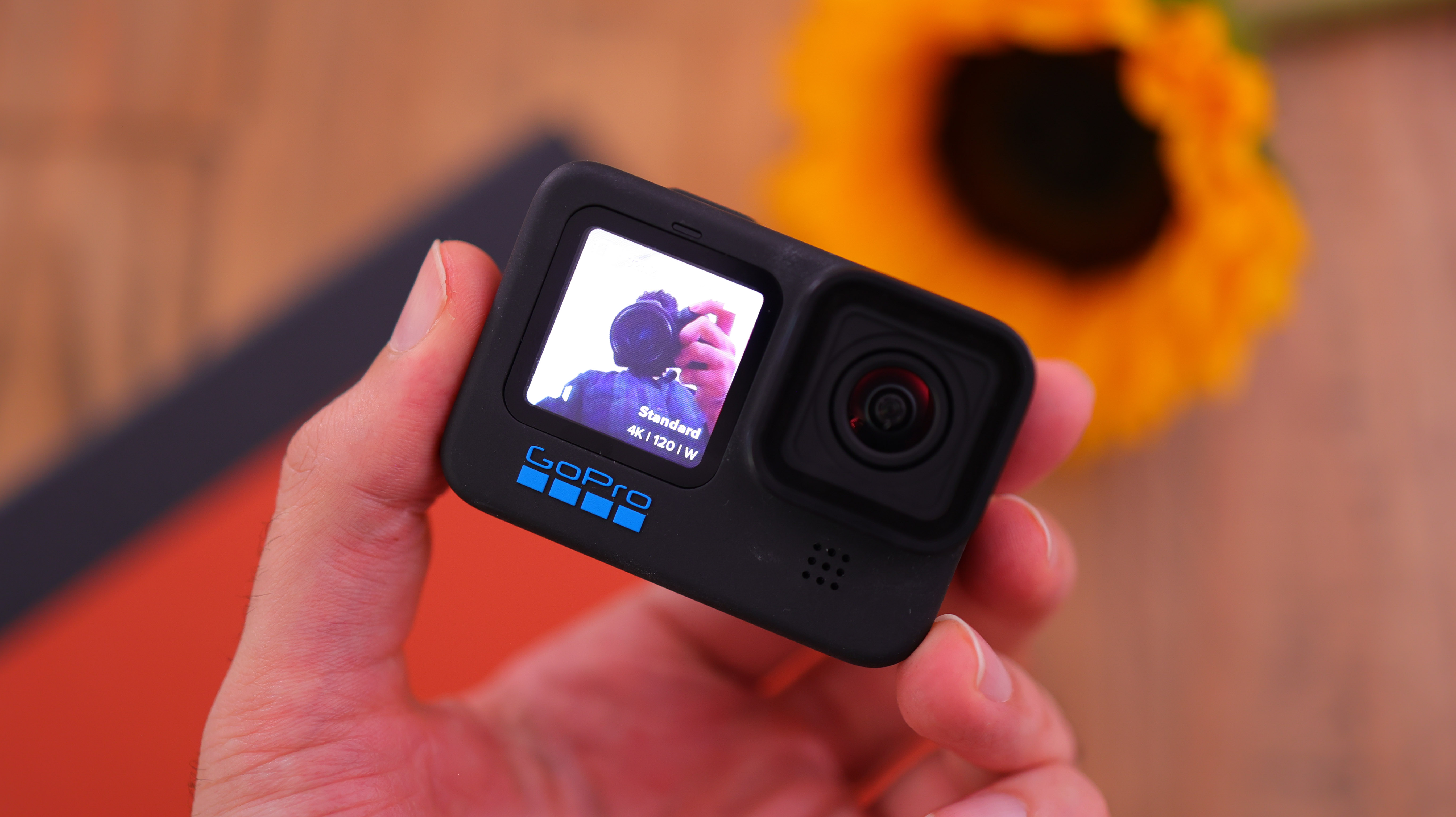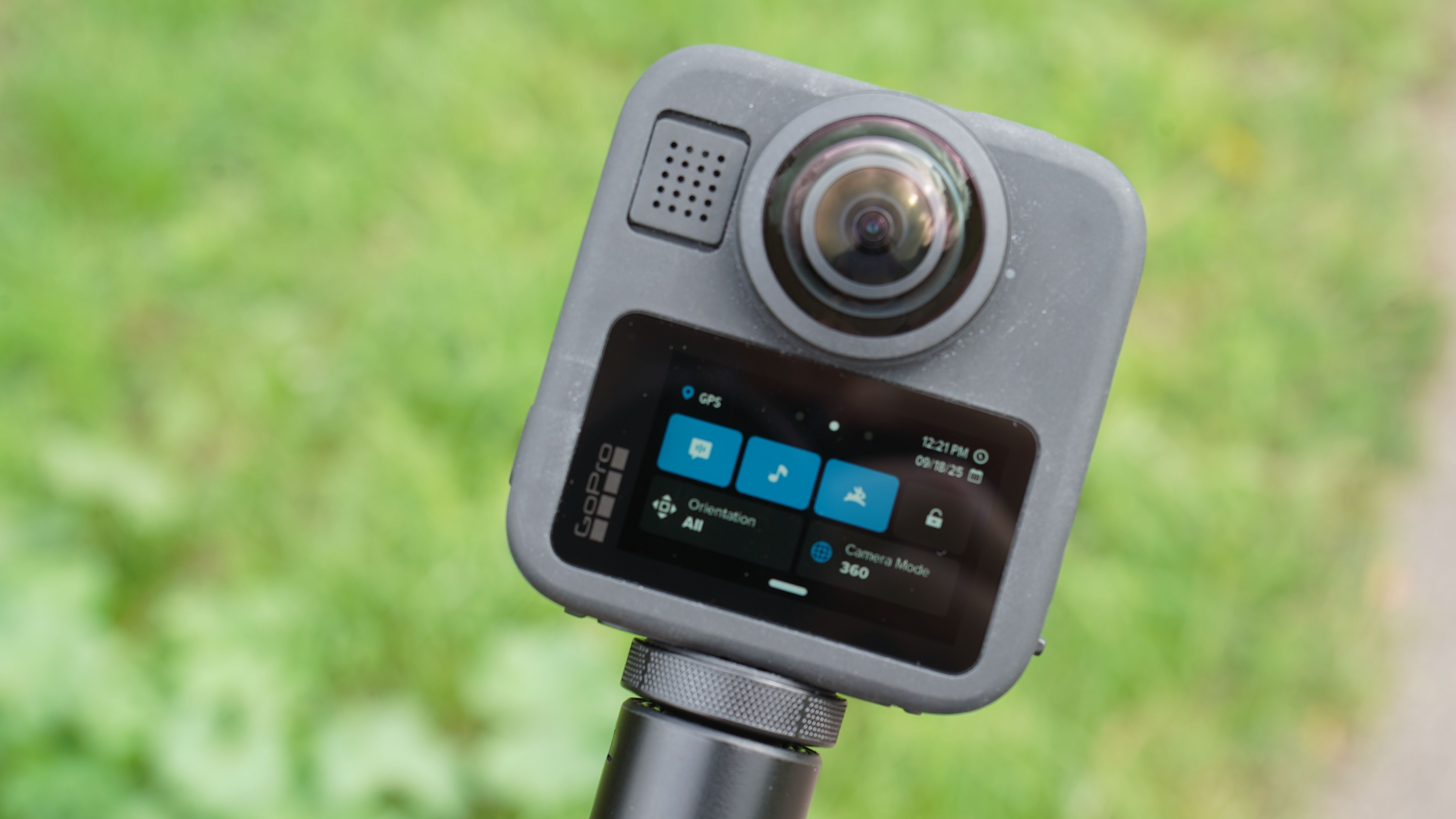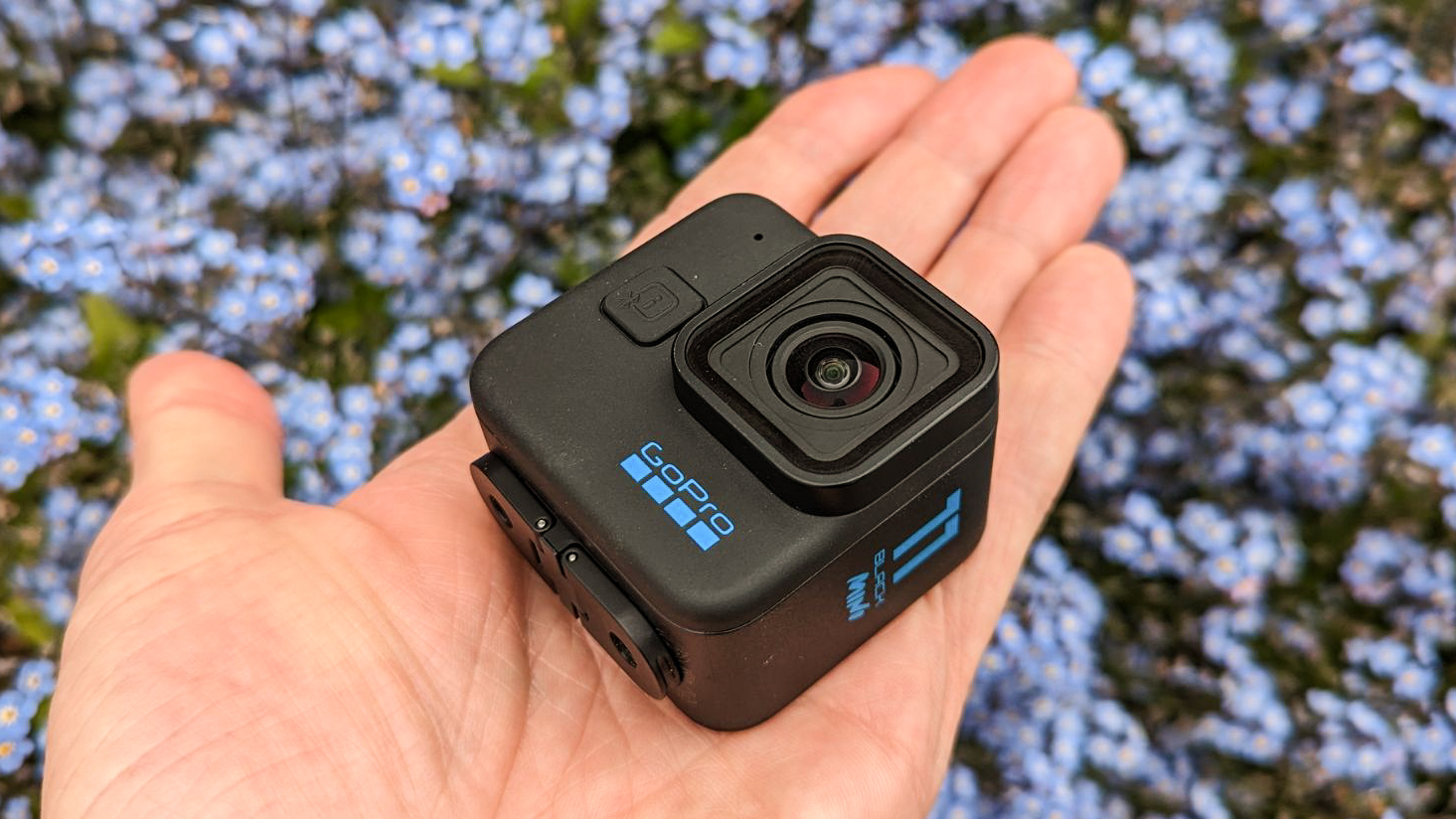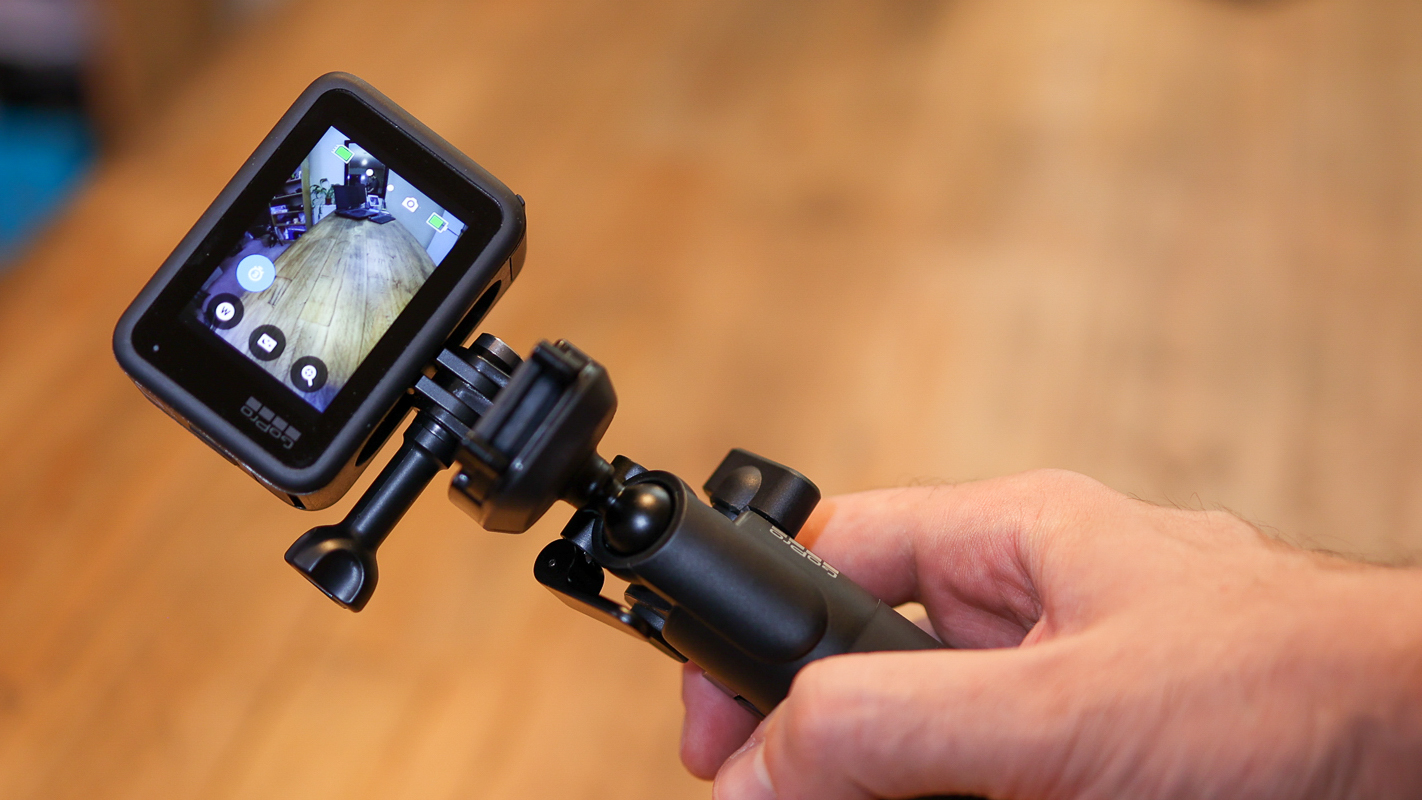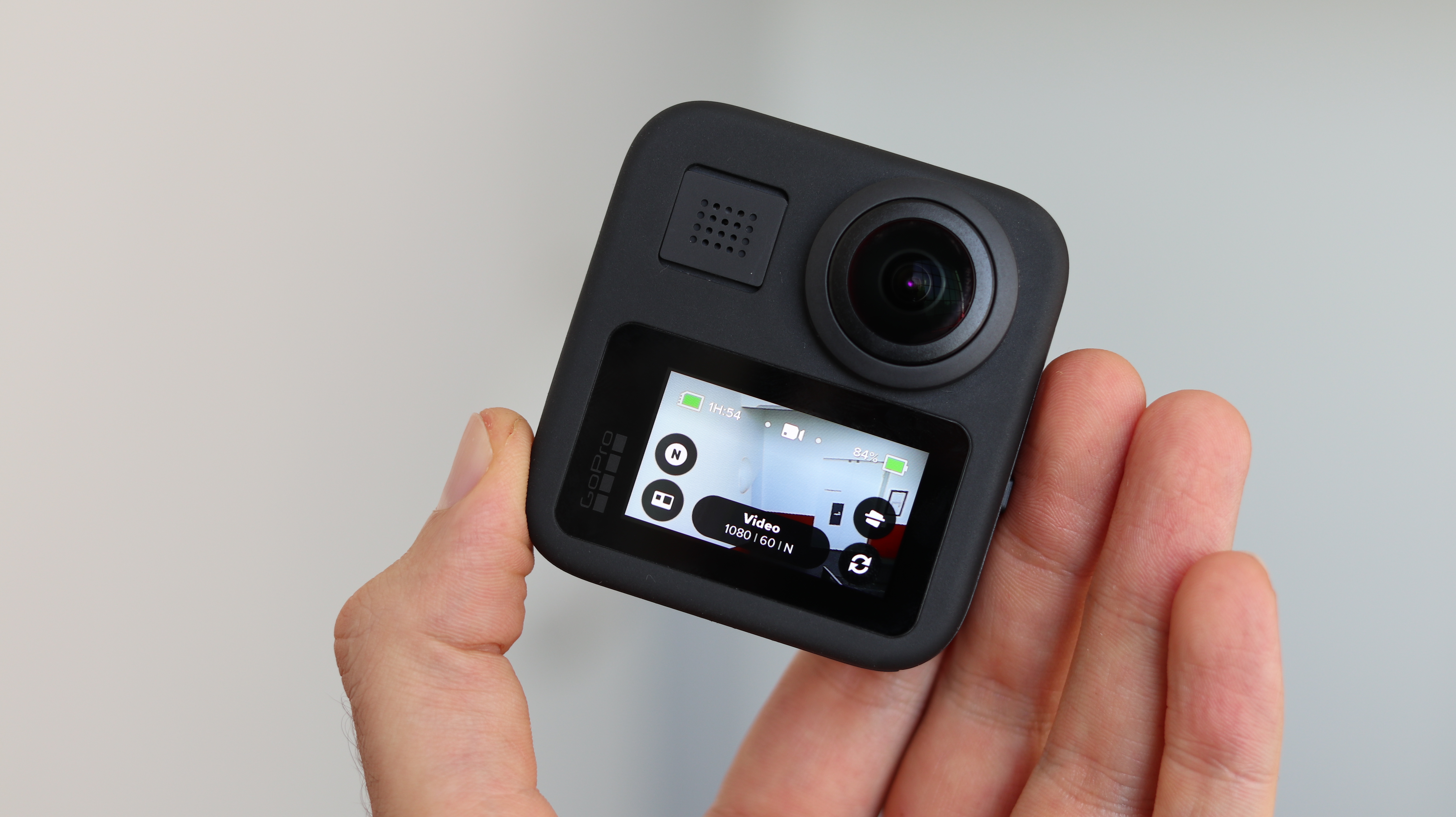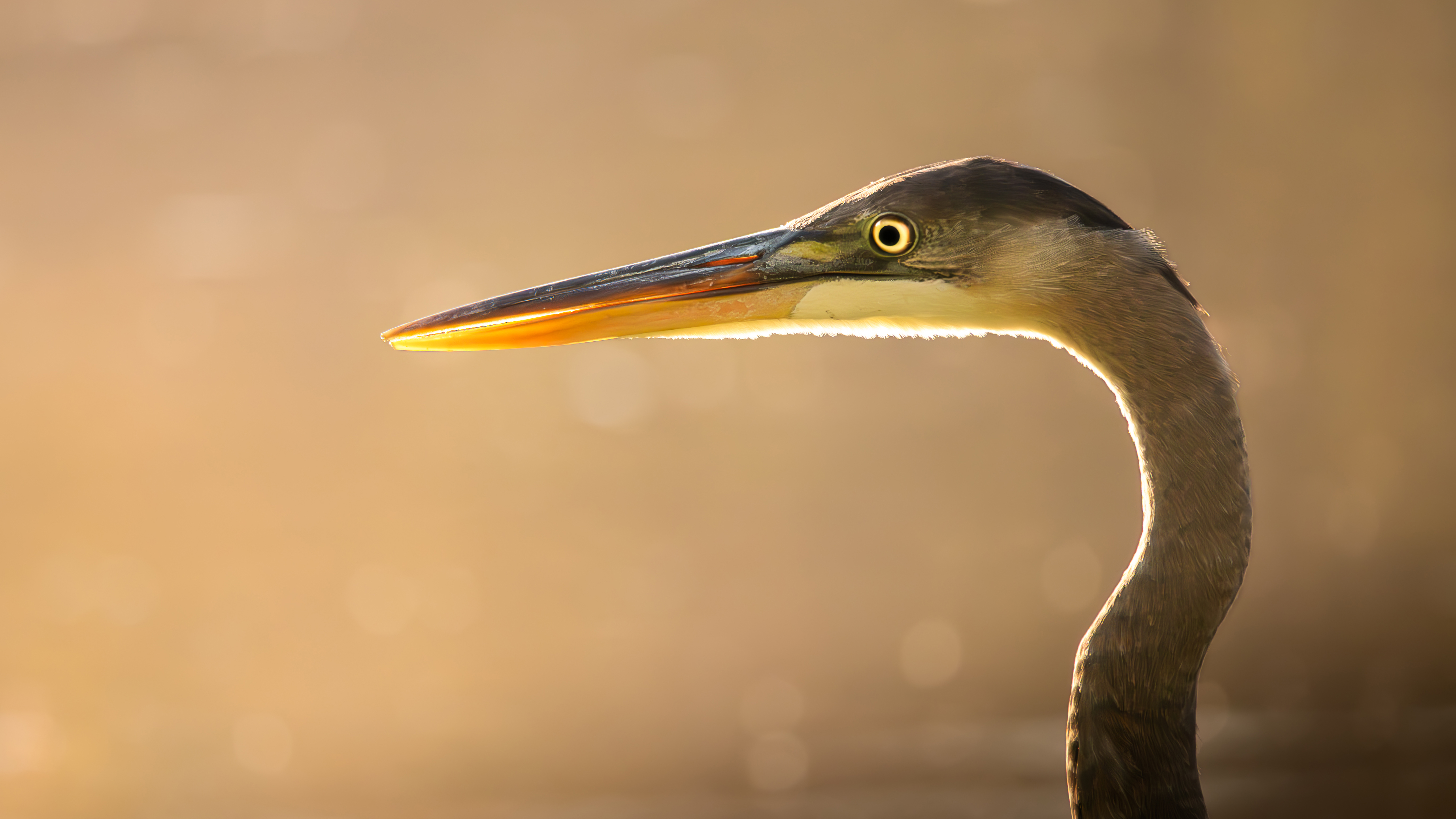The best GoPro cameras in 2025: from new Hero13 Black to thrifty older models
The best GoPro is great for capturing high-res photos and videos of all your action-packed adventures or vlogging needs
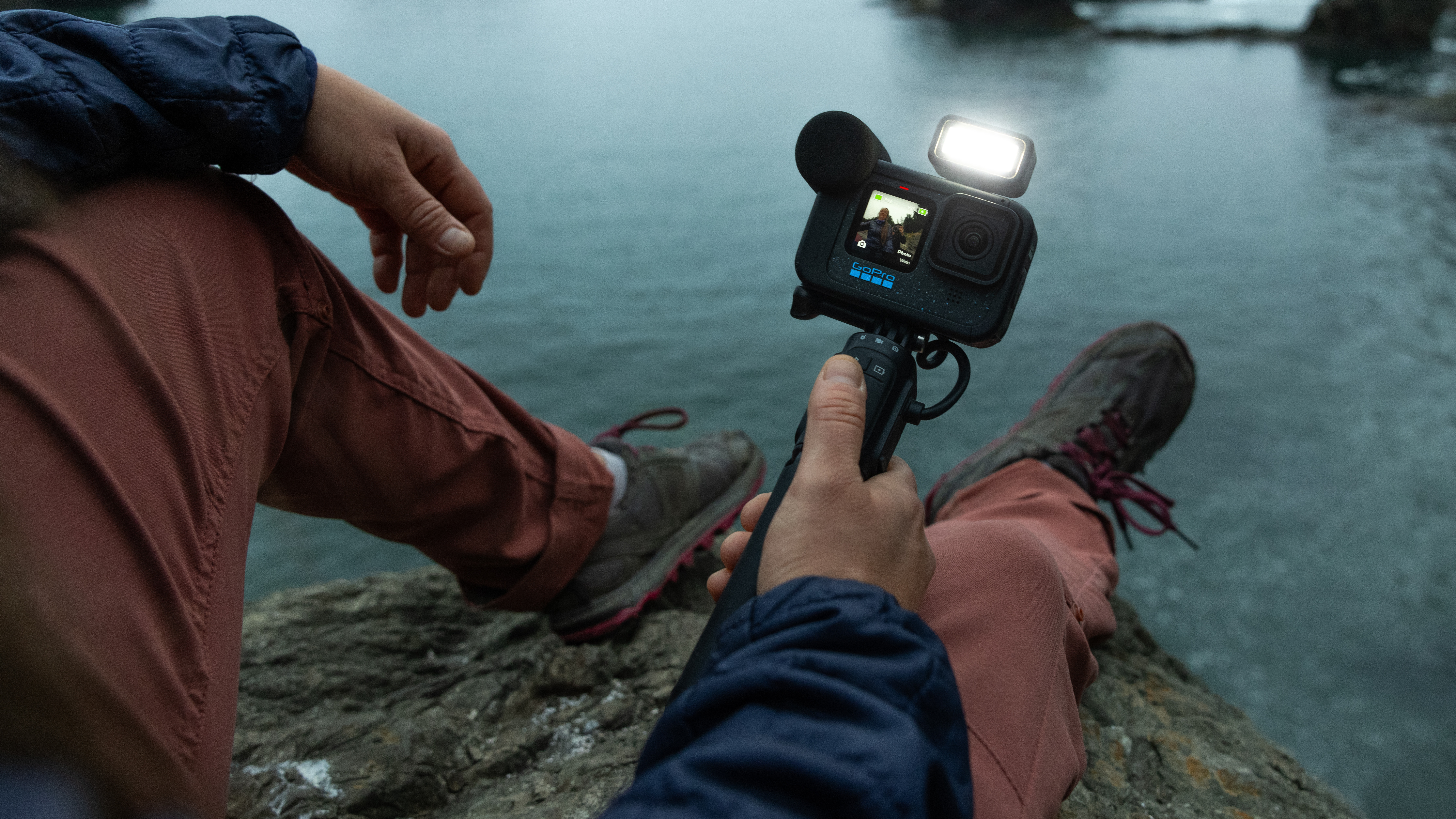
GoPros are amazing, durable cameras for sports and action. It's fair to say that the best GoPro is the latest edition – the GoPro Hero 13 Black – after a shockingly poor previous generation (the Hero 12, which actually removed one of our favourite features, onboard GPS, without cutting the price).
Choosing a GoPro is more difficult for a couple of reasons though. Firstly – and this is addressed in our best action camera guide – there are alternatives. GoPro as a company is capable of making serious missteps, and it's important not to confuse the brand and the camera type (as many people confuse Xerox and photocopier).
Secondly, GoPro offers a range of cameras – different sizes and, arguably, better value for slightly older models, as this guide reveals.
Finally, I'll also add that GoPro has spectacularly failed to keep pace with the best 360-degree cameras, so check that guide – but know that 2025 is the year GoPro has repeatedly promised it will re-conquer that market. That should be interesting, but there are more competitors to fend off too!
Despite it all, GoPro, as a company, still created the action camera market, has some of the best waterproof and underwater cameras you can buy – the most powerful, the most compact OR the best value. Not to mention access to the rich ecosystem of the best GoPro accessories, so there are a lot of reasons just to look for the right GoPro for you, and that's what this guide is all about!
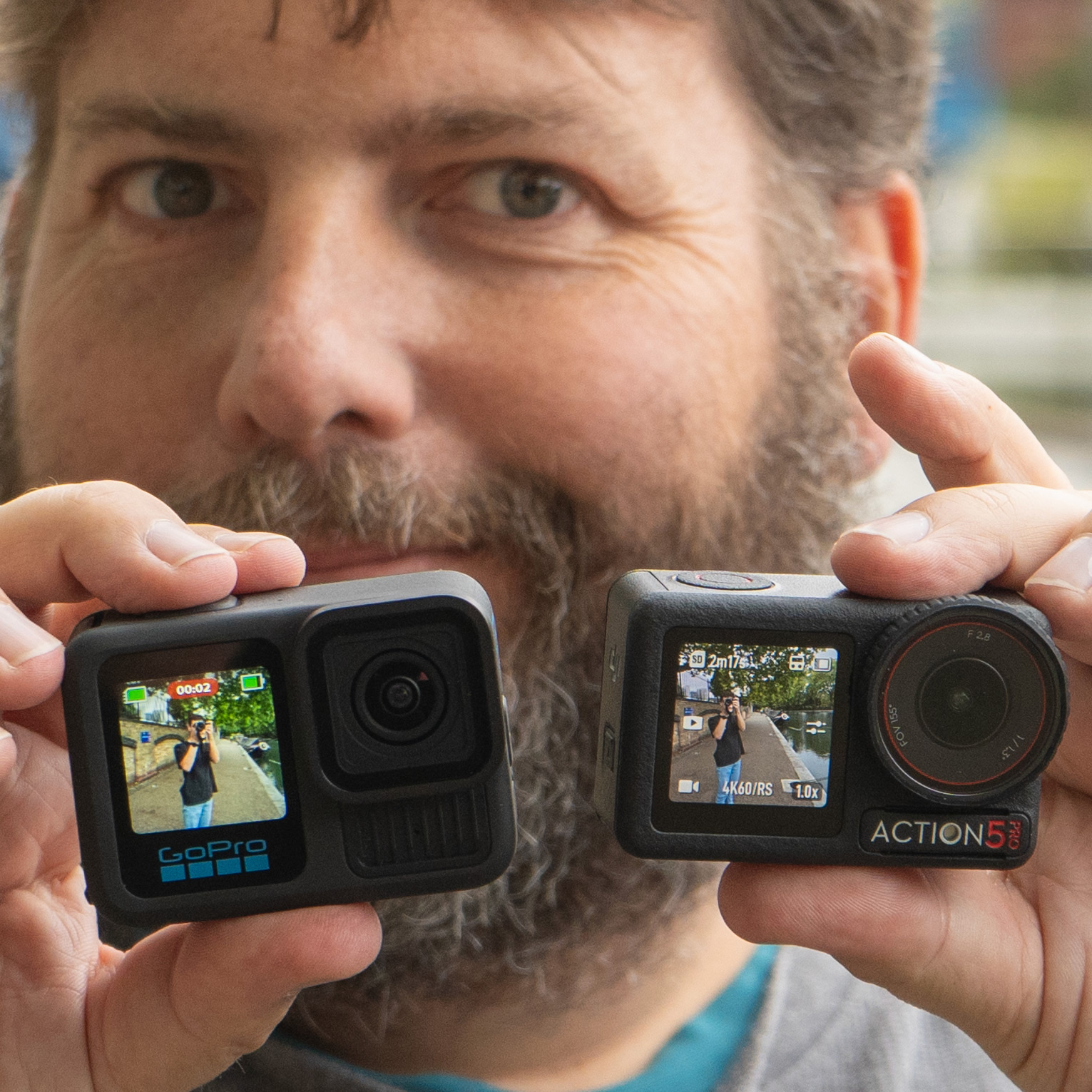
Adam has been obsessed with looking at cameras and gadgets for his whole life, and has written several bestselling books including The Drone Pilot's Handbook (he is our resident drone expert too). He owns and travels with action cameras, and tests as many as he can get his hands on.
Top Picks
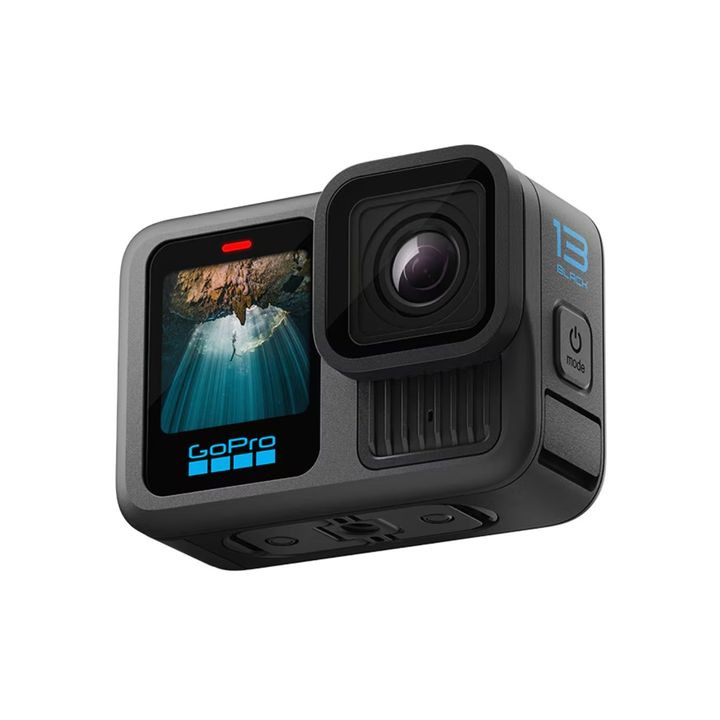
GoPro finally brings a magnetic mount system for added versatility, plus a brilliant new swappable lens and filter system and a more reliable power system. Oh, and GPS is back. Horray!
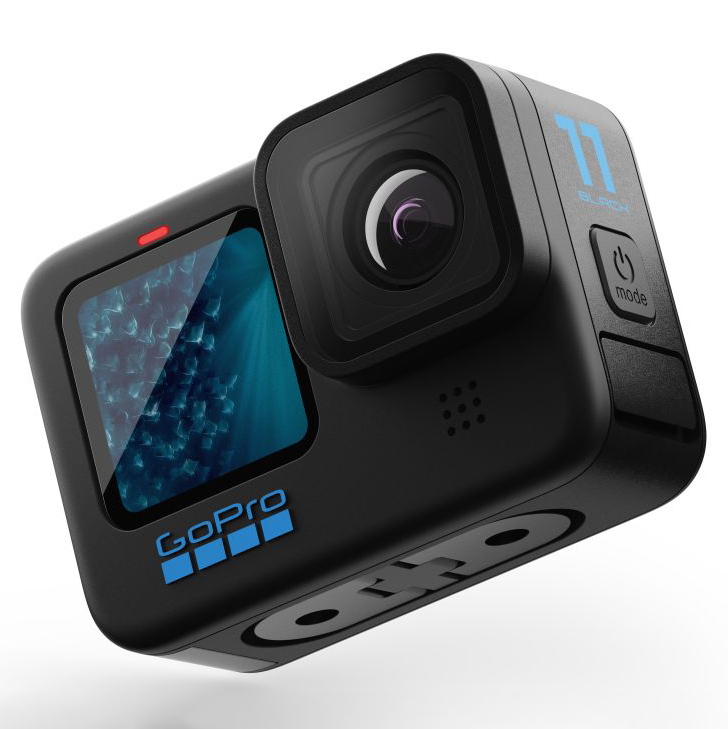
A bit older, but with the same imaging sensor and GPS functionality as the latest Hero 13 Black, this represents great value unless you need timecodes or long record times.
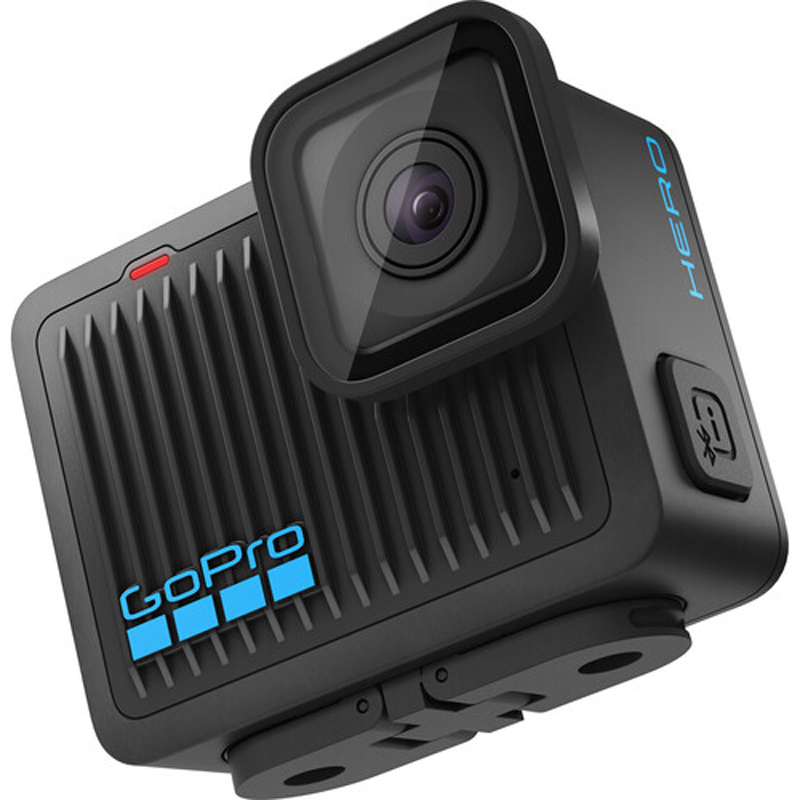
A compact body with cut-down features and cut-down price light enough to wear on a cycle helmet without it slipping.
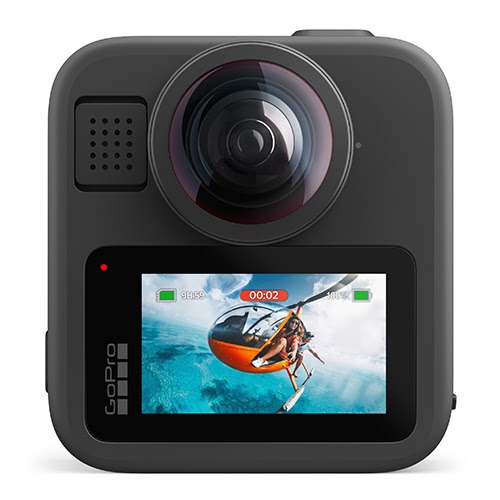
It was a long wait, but – at least if you do your action out in the daylight – it was worth it. GoPro's higher resolution Max 2 360-degree camera with 'True 8K' and 10-bit video really brings home the quality I've been hoping for all this time.
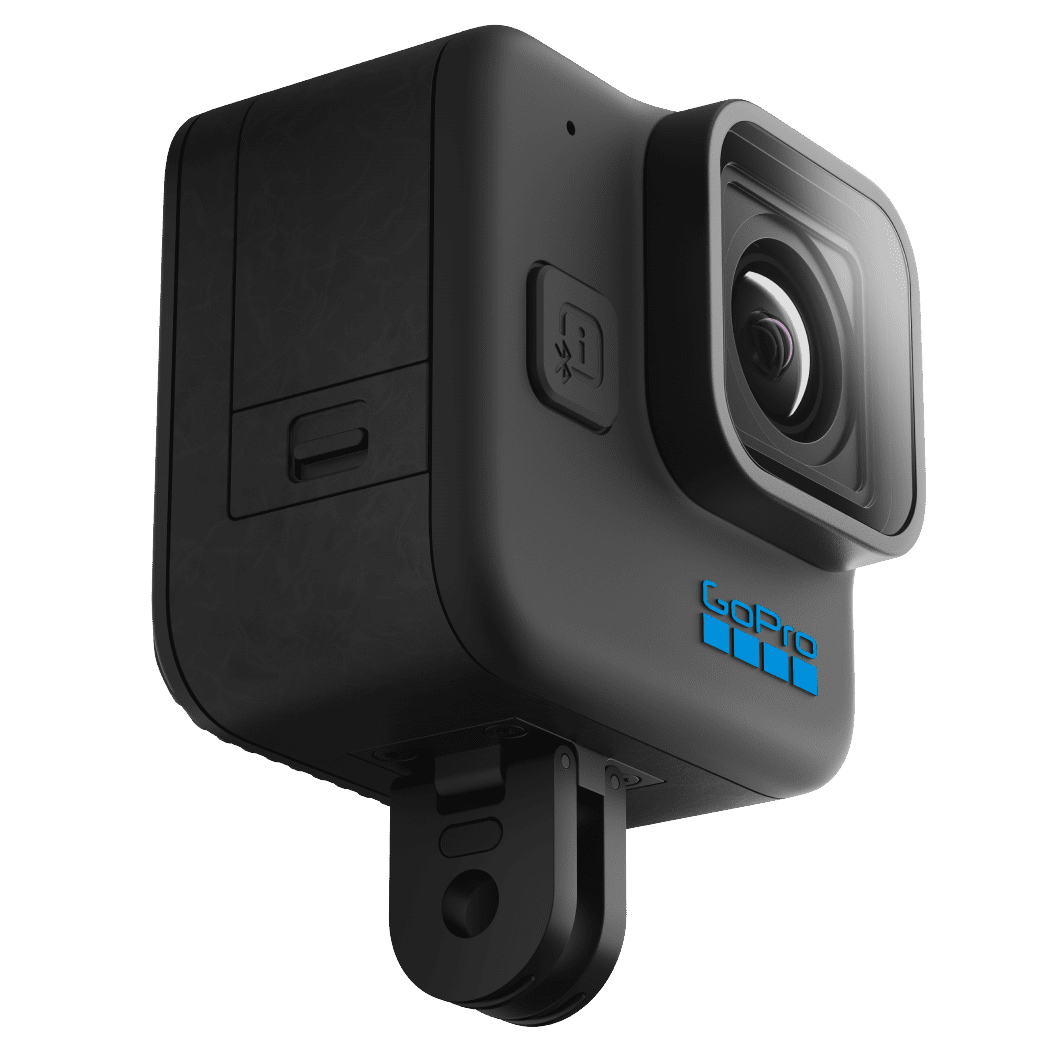
A compact body with no screens to crack saves a little weight (and worry) for dangerous sports fans; think dirt bike helmets or FPV drones.
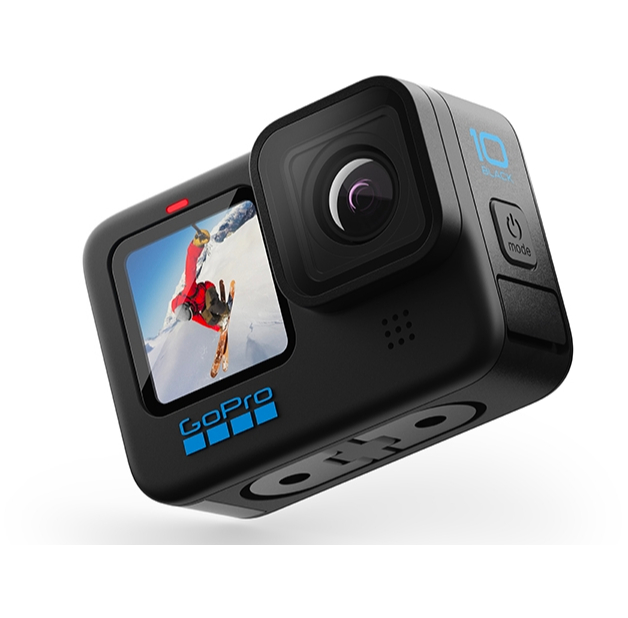
Even though we're back a few generations, this camera still boasts 5K and a front-facing LCD, making it a great choice for vlogging. The processor is pleasingly nippy too.
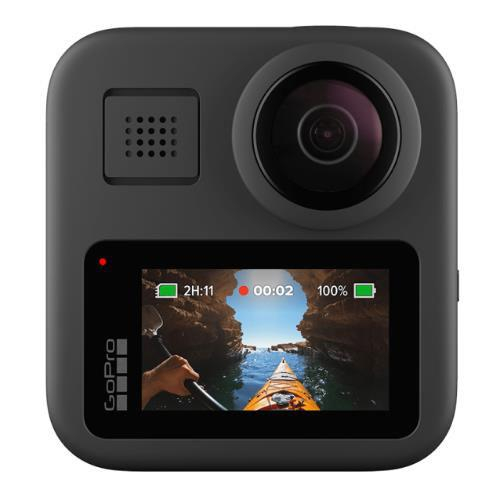
The 360-degree choice that keeps it in the GoPro family isn't a bad camera even though it's not as well known as some. The square body means the display is a friendly shape.
- Empty list
The best GoPro camera
Why you can trust Digital Camera World
Best overall
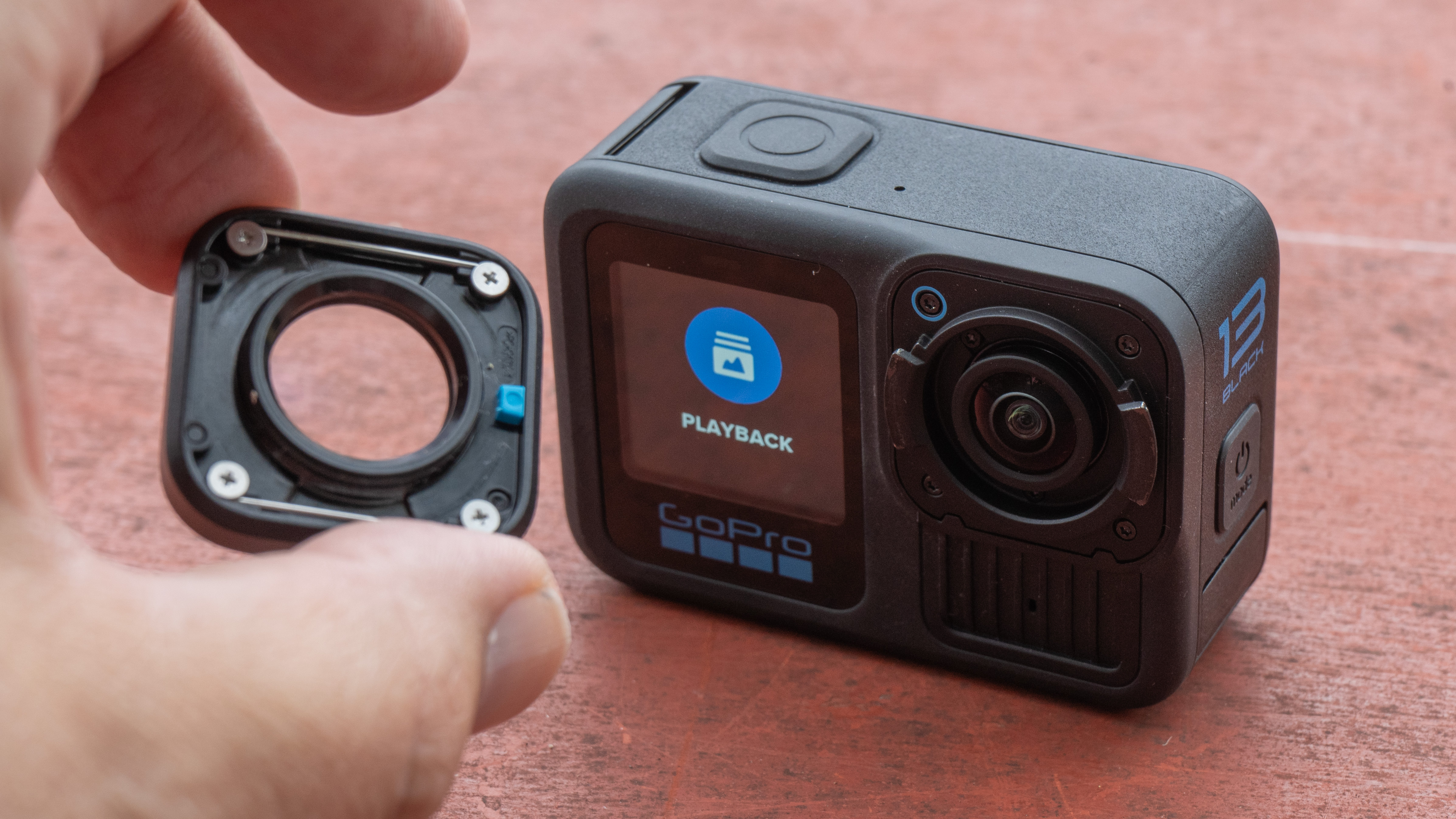
Specifications
Reasons to buy
Reasons to avoid
✅ You want to record your speed
✅ For the easy and creative lens mod system
❌ If you're not wedded to GoPro's brand, the best GoPro alternatives are better in low light
Last year's GoPro Hero 12 was almost insulting to the company's customers. Sure, timecodes and bluetooth microphone compatibility with Apple's AirPods arrived, but the world's most famous action cam took away its ability to measure the speed of the action – the GPS – and did nothing to improve the camera's performance in low light. That made us (and a lot of other people) recommend the previous generation as the better GoPro, or DJI's Action 4 as the better camera.
If it's performance in lower light you're looking for, GoPro still isn't playing ball – check out the (cheaper and better) DJI Action 5 Pro. But if it's great video in daylight and all the good stuff GoPro is known for – including GPS – then there have been really big changes – for the better – to this device.
GoPro has added a super high frame rate burst (up to 15 seconds, presumably, before the processor/buffer can't cope any more) which can give you up to 400fps, though it's only 720P so it doesn't look amazing; great in a social media post though.
More importantly for most situations, the re-designed GoPro doesn't just look cooler – it is literally cooler, not overheating so soon so it can record longer at 4K. Previous GoPros often overheated and switched off much sooner, so 'continuous' record times are significant (but thus does come at the cost of a new Enduro battery – the 10% larger 1900mAh which isn't compatible with the old one.
On the base the fold-out mount grips are still there which makes the GoPro easy to mount in traditional systems, but they are now magnetic. GoPro – admittedly late to the magnetic mount party – has cleverly created one that's easier to line up because it works both ways around.
The party piece, though, is that GoPro's clip-in filter/lens mod system has been upgraded to sense the attachment (again, not backwards compatible), so the software seamlessly adapts to a wide-angle lens, a ND filter, or even an anamorphic adapter. Now that's cinematic!
Best value GoPro
Specifications
Reasons to buy
Reasons to avoid
✅ GPS built in despite lower pricing
✅ 5.3K resolution video at 60 fps
❌ You don't get the new lens mod system
The GoPro Hero 11 was still our recommendation for best GoPro for most people when the 12 was, theoretically, top of the line. Now the 13 has come along it is, finally, better – technically – but only if the things that matter to you are battery life, the magnetic mount, some more obscure frame rates, timecodes, microphones, and the swappable lenses.
The actual image sensor is the same size, so it performs as "well" as the Hero 13 in low light. That isn't especially well, so you'll need to ask yourself whether you do your action in the daylight, or whether you should be looking at the other best action camera guide!
You still get top-notch image stabilization, great-looking video (until things do get dimly lit or dark), and some fun modes like light painting. The Hero 11 Black remains an excellent addition to the line, and the Hero 11 Black's 8:7 aspect ratio image sensor is also a standout highlight for content creators. Able to shoot in 5.3K resolution, 8:7 video at up to 30fps, its footage can be losslessly cropped to create new 4K portrait, landscape, and square clips from a single video.
On top of 8:7 video, the Hero 11 Black captures 5.3K resolution video at 60 fps, 4K resolution video at 120 fps, or 2.7K resolution at 240 fps. You can also grab 27MP stills from 5.3K video. Overall this is particularly appealing to folks who use multiple social platforms.
Read our full GoPro Hero 11 Black review for more details and GoPro Subscription explained: what you get, and is it worth it?
Small GoPro
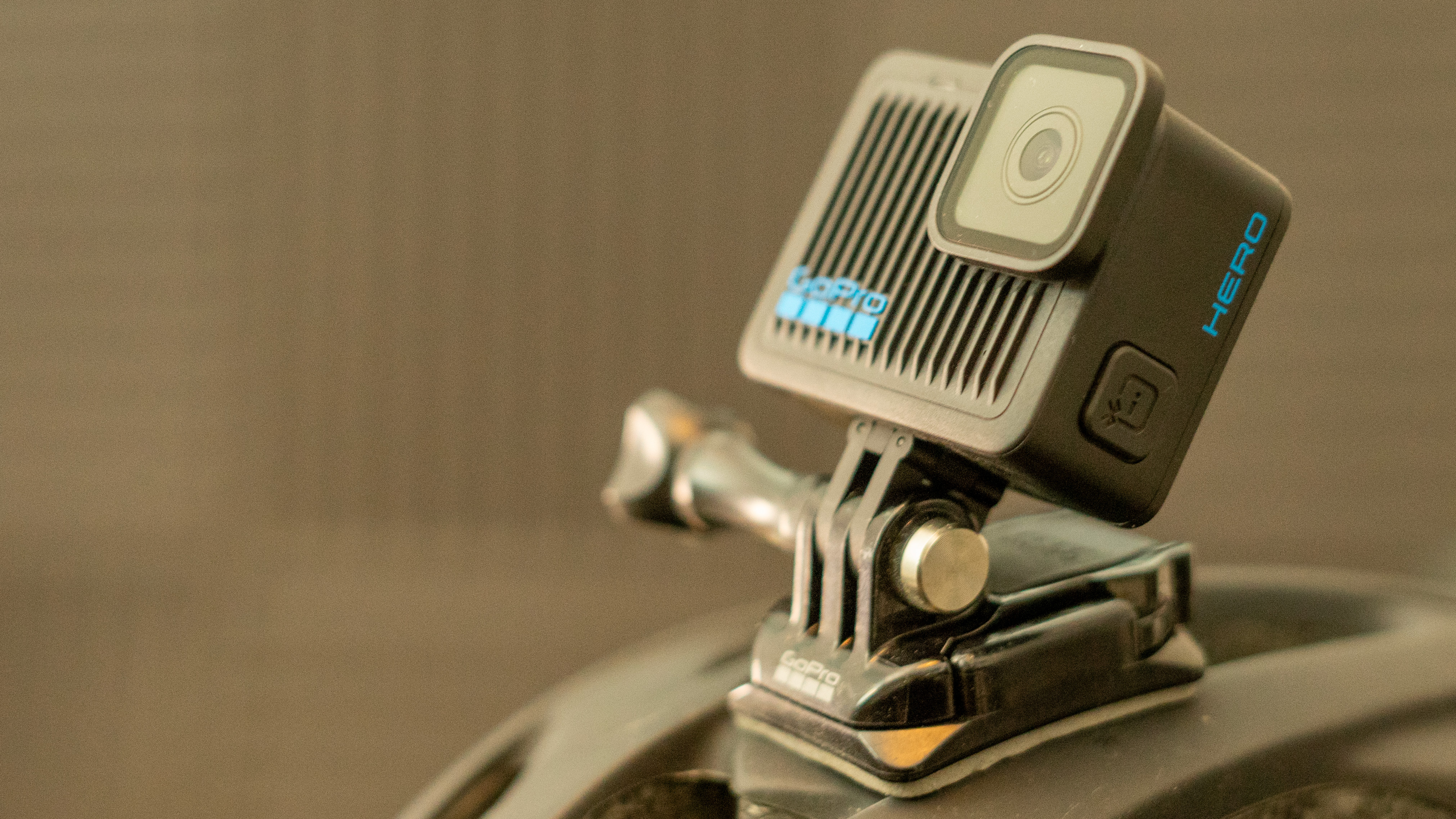
Specifications
Reasons to buy
Reasons to avoid
✅ Unlike many ultra compact cameras, it has a screen
✅ Beautiful design
❌ Really light on features
❌ No in-camera image stabilization
OK, I'll be straight, this is a tough GoPro to like if you're used to the strengths of the main 'Hero Black' models – but that's not exactly what it's for, so you have to decide what you need.
In exchange for the (gorgeous, in my view) very small and light form factor, GoPro have thrown out all the usual functionality except simple 4K video (4K 30 at that), stills, and slow-mo. No timelapse, no hyperlapse, no night modes or any such usefulness. Even more significantly, no in-body image stabilization. If you want the video made smooth, you need to do it in post (in the Quik app).
That is a terrible experience if you're in a rush with a lot of footage and are used to the premium that comes with the Hero Black and, I promise, you'll hate it.
In exchange, though, you get a camera so small and light you can put it on your cycle helmet and the helmet doesn't want to slide sideways from your head or require you do it up unnaturally tight. That's a big deal for me.
Also, unlike some tiny cameras, there is still a color screen.
It really hammered it home to me how light the feature set was when GoPro announced they'd added 4:3 video mode to this camera as a firmware update, thereby offering more immersion, but – if you are in the market for a small GoPro and don't want to pay the full price – then this will often do the job (just don't expect good EIS).
UPDATE: Check out the version with the built-in LED light, called the GoPro LIT.
Read our full GoPro Hero 2024 review for more details
Best for 360
Specifications
Reasons to buy
Reasons to avoid
✅ Refreshed 2025 version of the Max
✅ Quik software refreshed
❌ Low 5.7K resolution is behind 360-degree competitors
Unfortunately for GoPro, the Hero Max has been slightly eclipsed by the options from Insta360, despite the fact that it's still a really good bit of kit. The GoPro Fusion was the original GoPro 360 camera, but the Max benefits from some significant improvements, not least 5.6K (total) video in all directions. It has four digital focal lengths, horizon levelling, HyperSmooth stabilization, and ProTune video editing software.
It has also been slightly updated for 2025 with better battery behaviour and a universal 1/4-20 screw mount so you can use a normal selfie stick (very handy for 360-degree shooting).
If you've never tried 360-degree video, it isn't just for VR; you can drag on screen, or track subjects, to re-point your camera after the fact, meaning nothing is ever missed again.
I can't in good conscience tell you that this is the best camera for this kind of shooting right now – you'll find the 8K Insta360 X5 at the top of our best 360-degree camera guide. We know GoPro, having refreshed this camera (which is a similar spec and price to the Insta360 X3), are also working on another camera in this space, a 'Max 2'?
This, though, is a good way for GoPro brand fans to get into 360 right now, and the Quik app has now got AI-powered object tracking which means it is not as far behind the competition as before.
UPDATE: A further word of warning for GoPro fans: We have seen more PR stunts – but still no actual evidence – suggesting GoPro will have a fully new 360-degree camera this year, including a drop from a plane.
Read our full GoPro MAX review for more details
Best value small GoPro
Specifications
Reasons to buy
Reasons to avoid
✅ Versatile 8:7 image sensor is useful for social content
✅ Handy for drones and the like
❌ No on-device display
Like the GoPro Hero11 Black, but smaller. So, just as the Hero11 is still on this list because it is arguably better value than the 13, this camera is almost certainly better value than the new Hero 2024 – it certainly has more features and better resolution. It only got cheaper because it's older, and that's hardly fair!
This camera has the same optical components and processing as its bigger, heavier cousin but in a casing which should be easier to pick up for extreme action sports fans and FPV drones. If you're a long-time GoPro fan, this is the successor of the Hero Session, but with better attachments.
The sacrifice you make is that there are no on-device displays. Settings are instead operated using the phone-based Quick app, so if you're doing something "fire and forget" like mountain biking, why not? You still get excellent image stabilization of the action (I mean, is it really 'action' if you have time to watch the screen of your camera?)
There is still a start/stop shutter button – it is only other settings you'll need the app for granular control over. We think you're unlikely – certainly unwise – to be partaking of the action sport you're attempting to document and tweaking settings on any camera! The tiny housing also has brackets for the usual GoPro / sports camera accessories, so for many this might be the better choice.
Read our full GoPro Hero 11 Black mini review for more details
Cheaper vlogging
Specifications
Reasons to buy
Reasons to avoid
We like it as a vlogging camera because even though it's not the latest model it still has a front-facing screen to line up shots with. It features the G2 processor which makes the interface super responsive compared to its predecessor, doubles the frame rates, and fuels the best image stabilization tech available in action cameras.
The stand-out feature is its ability to record 5.3K 60p using GoPro's new HyperSmooth 4.0 video stabilization. It also has the ability to shoot 23-megapixel photos. There is, of course, a wealth of accessories separately so as well as mounting it on your helmet, you could attach it to your chest, your head, or even onto one of the best selfie sticks.
The GoPro Hero 10 might still be a little more than you need if you just want a helmet cam for safety purposes, but if you're looking for a camera that's going to record super-smooth high-quality video it's a good choice at the right discount.
Read more: GoPro Hero 10 Black review for more details
Best for cheap 360
Specifications
Reasons to buy
Reasons to avoid
For a long time the GoPro Hero Max was an awkward spot on the product list, a device it had planned to update but had suffered public delays and so had been eclipsed by competitors at the top of our best 360 camera guide.
Now things are very different. Instead of a languishing older model, the company has refreshed the old device – so it is called the Max (2025 model), as well as finally delivering the better quality new Max 2, meaning consumers get the choice of premium specs (and believe me the Max 2 is a good 360 camera) or something of a bargain where content to try lower specs for less cash.
The 2025 version of the 5.6K Max (1) has some minor software updates, giving it four digital focal lengths, horizon levelling, HyperSmooth stabilization, and ProTune video editing software.
It has also been slightly updated for 2025 with better battery behaviour and a universal 1/4-20 screw mount so you can use a normal selfie stick (very handy for 360-degree shooting), and, crucially for the modern world, a USB-C charging socket.
I can't in good conscience tell you that this is the best camera for this kind of shooting right now – it's not even the best one from GoPro – but it is accessibly priced.
Read our full GoPro MAX review for more details
✅ Refreshed 2025 version of the Max
✅ Quik software refreshed
❌ Low 5.7K resolution is behind 360-degree competitors
FAQs
Are there any alternatives to GoPro?
Yes! GoPro, like Walkman before it, has become the de facto name for a product category, but others offer good alternatives. GoPro is especially vulnerable in the area of 360 cameras (see our 360-degree cameras guide), while DJI has interesting premium action cameras. Check our whole best action camera guide to see comparisons. I'd say that the DJI Osmo Action 4 Pro is now the best action camera because it has a bigger sensor which is better in low light (if you're surfing in the sun, however, that advantage might be moot).
What is the point of having GPS in a GoPro?
By including a GPS sensor in a GoPro (or any) camera, it can record its exact location all the time while it records video. This can be used to work out how quickly the camera is moving and even to create cool animated effects you can add to your videos like speedometers, which are an easy for viewers to understand your speed.
How do you test GoPros and other action cameras
Since testing an action camera is a lot more about the action than measuring lens specifics, we like to take them out and try some activities. Using them while cycling, on location for capturing video (in varying lighting), and even on drones. We think it is important to use the device in real world scenarios to experience how easy the GoPro is to use and see how features like image stabilization cope with different tasks. Our expert reviewers include Jamie Carter and Adam Juniper who both have many years of experience with these devices (Adam once owned a GoPro Hero 2, and has experimented with a lot of GoPro alternative action cameras too).
Compare today's prices
The best camera deals, reviews, product advice, and unmissable photography news, direct to your inbox!

With over 20 years of expertise as a tech journalist, Adam brings a wealth of knowledge across a vast number of product categories, including timelapse cameras, home security cameras, NVR cameras, photography books, webcams, 3D printers and 3D scanners, borescopes, radar detectors… and, above all, drones.
Adam is our resident expert on all aspects of camera drones and drone photography, from buying guides on the best choices for aerial photographers of all ability levels to the latest rules and regulations on piloting drones.
He is the author of a number of books including The Complete Guide to Drones, The Smart Smart Home Handbook, 101 Tips for DSLR Video and The Drone Pilot's Handbook.
